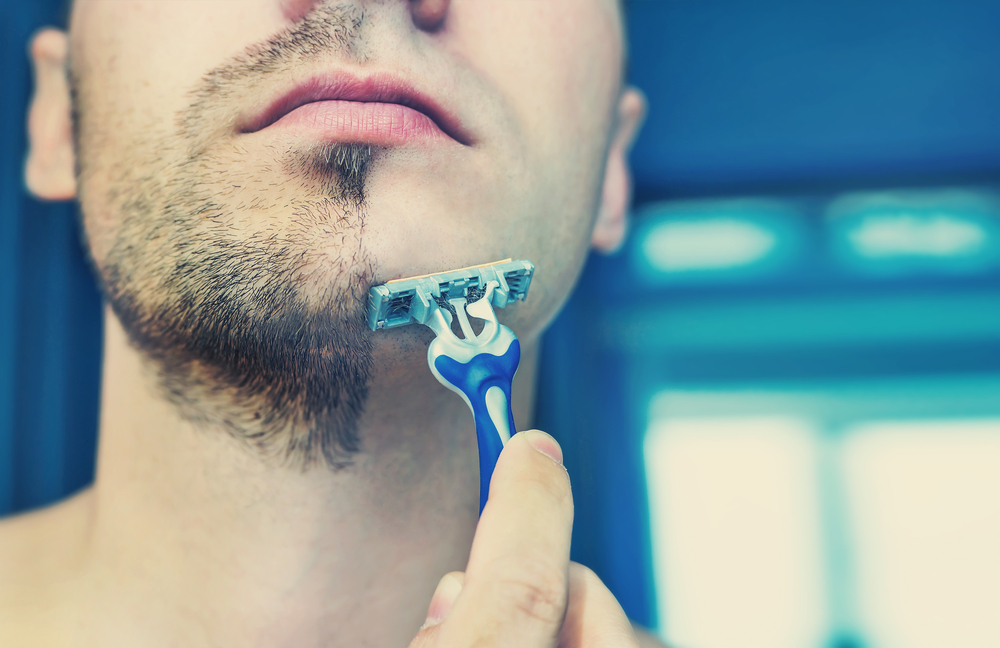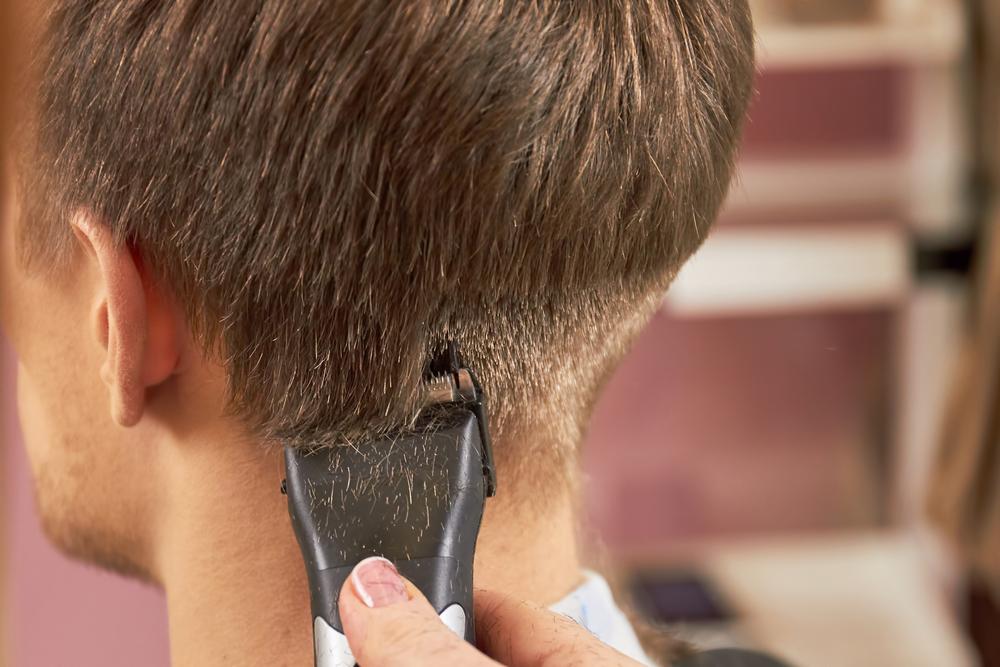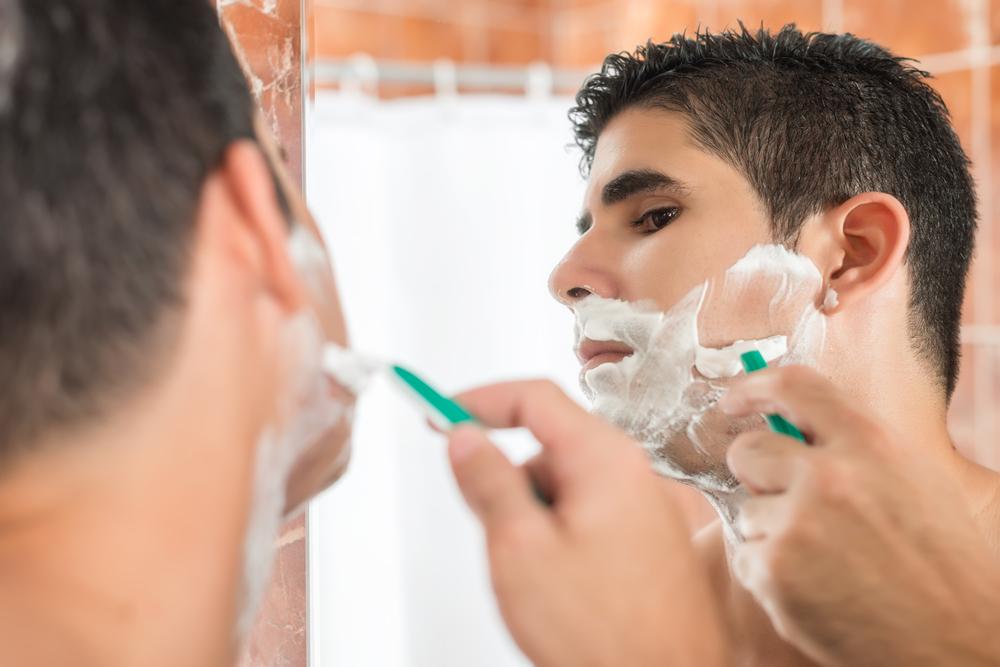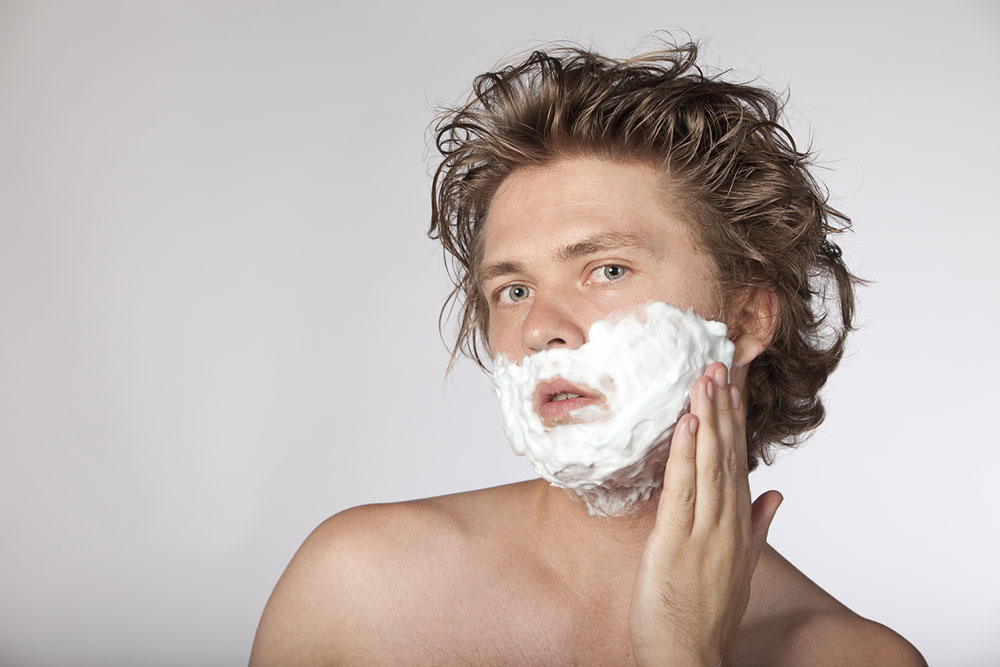Ultimate Guide to Improving Your Shaving Routine with Disposable Razors
Discover expert tips to enhance your shaving experience using disposable razors. Learn how to choose quality tools, prepare your skin properly, use premium products, adopt better techniques, and maintain your razor for a comfortable, close shave. Achieve smoother, irritation-free skin with these comprehensive strategies tailored for anyone looking to upgrade their grooming routine.
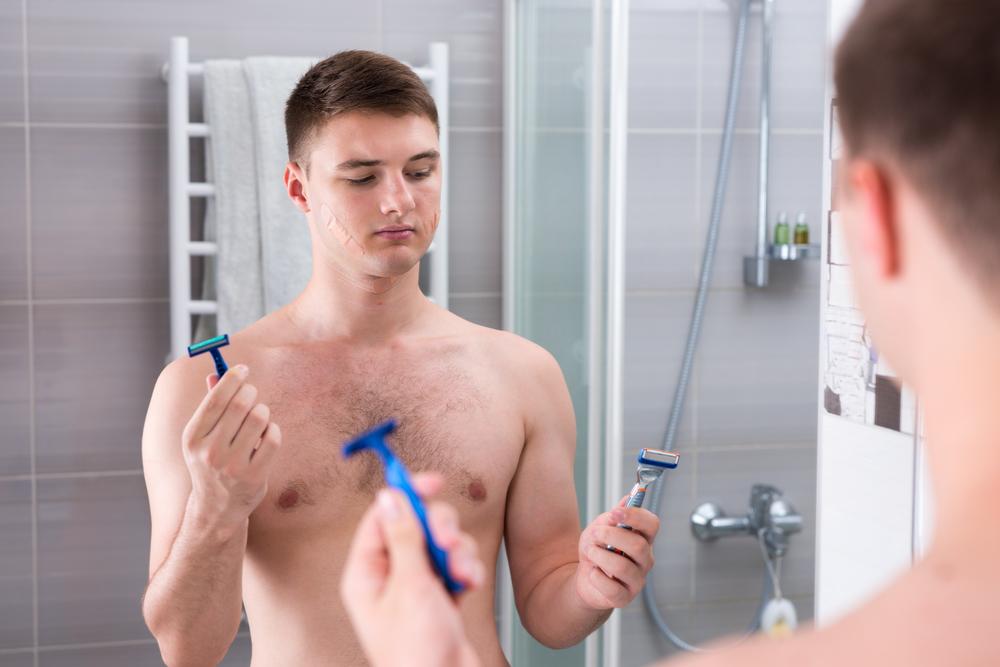
Ultimate Guide to Improving Your Shaving Routine with Disposable Razors
Shaving is an essential grooming activity for many individuals, but it can sometimes lead to discomfort, irritation, or an uneven shave—especially when using low-quality or worn-out disposable razors. Fortunately, there are numerous practical tips and techniques that can transform your shaving experience, making it smoother, safer, and more pleasurable. Whether you're a daily shaver or an occasional grooming enthusiast, mastering these tips can help you achieve a close shave without compromising your skin’s health.
In this comprehensive guide, we will explore over fifteen detailed tips to elevate your shaving routine using disposable razors. We’ll cover crucial aspects such as choosing the best tools, preparing your skin properly, applying quality products, and adopting proper shaving techniques. With these insights, you can enjoy a comfortable, irritation-free shave that leaves your skin feeling fresh and smooth.
Invest in High-Quality Razors and Accessories
The foundation of a good shave begins with the right tools. Many people opt for the cheapest disposable razors due to convenience or cost-saving motives. However, these low-quality razors often have dull blades, poorly designed heads, and inadequate safety features, leading to uneven shaves, nicks, and skin irritation. It is advisable to invest in premium disposable razors that feature multiple blades, flexible heads, and moisturizing strips. These tools are designed to glide smoothly over the skin, reducing irritation and providing a closer shave.
Opt for razors with ergonomic handles for better control and comfort.
Choose razors with multiple blades (two or three) for a smoother, more efficient shave.
Look for features such as pivoting heads that adapt to facial contours.
Prioritize Proper Skin Preparation
A critical step often overlooked is preparing your skin before shaving. Shaving on dry or unprepared skin can cause redness, cuts, and an uneven shave. To enhance safety and results, always dampen your face with warm water. Warm water helps open pores and softens hair follicles, making the hair easier to cut. Moreover, applying a suitable shaving cream, gel, or foam enhances the glide of your razor and reduces friction.
Use warm water to loosen hair and hydrate the skin prior to shaving.
Apply a generous amount of moisturizing shaving cream or gel suited to your skin type.
Consider using pre-shave oils for extra hydration and protective barrier.
Choose Quality Shaving Products
The type of shaving cream, soap, or gel has a profound impact on your shaving experience. Canned foams often contain alcohol and preservatives that can dry out the skin over time, leading to irritation. Instead, opt for high-quality shaving soaps or creams that produce a rich, dense lather. Applying these with a shaving brush allows for better coverage and skin protection, resulting in a smoother, more comfortable shave.
Invest in natural or premium shaving creams for better hydration and protection.
Use a shaving brush to work up a dense lather and evenly coat your beard area.
Wash your face beforehand with a gentle cleanser to remove dirt and excess oils, ensuring a cleaner shave.
Embrace Advanced Razor Techniques
To achieve the closest and most comfortable shave, consider the shaving technique. Premium disposable razors with multiple blades can often handle more advanced techniques such as multi-directional or layered shaving to reduce irritation. Shaving with the grain (the direction your hair grows) initially, then going across or against the grain for a closer finish can optimize results while minimizing skin trauma.
Start shaving with short, gentle strokes in the direction of hair growth.
Consider reapplying the lather and shaving against the grain for a closer shave, if your skin tolerates it.
Avoid pressing too hard on the razor—let the blades do the work.
Use Appropriate After-Shave Care
Post-shaving skin care is vital to reduce irritation, soothe the skin, and prevent razor burn. Alcohol-based after-shaves can sting and dry out the skin. Instead, choose alcohol-free, soothing after-shaves or moisturizers formulated for sensitive skin. These products restore hydration, calm any redness, and protect the skin for the rest of the day.
Opt for after-shaves containing aloe vera, chamomile, or witch hazel for calming effects.
Apply a gentle, alcohol-free moisturizer immediately after shaving.
Consider using a soothing after-shave balm for extra hydration and protection.
Shaving in the Right Environment and Technique
Your environment and method significantly influence your shaving results. Many people prefer shaving in the shower, but for optimal precision, shaving in front of a mirror is often more effective. Proper lighting and visual clarity help prevent nicks and missed spots. Additionally, maintaining a steady hand, keeping the skin taut, and shaving slow and deliberate will improve the quality of your shave.
Use a clean, sharp razor for every shave to reduce irritation and bacteria transfer.
Shave in a well-lit area to see every detail clearly.
Taut skin with your free hand helps to prevent cuts and ensures more precise blade contact.
Maintain and Clean Your Razor for Longevity and Safety
Proper maintenance extends the life of your disposable razors and ensures safety. Rinse your razor thoroughly with warm water after each shave to remove hair and product residues. Avoid tapping the razor against surfaces to prevent blade damage. Store razors in a dry, ventilated place to prevent rust and bacteria buildup. Using a new or properly sanitized razor each time reduces the risk of infection and provides a smoother shave.
Replace disposable razors after 5-7 shaves or when you notice dullness.
Keep razors dry and store in a clean, dry environment.
Disinfect razors periodically with alcohol wipes if reuse is preferred, although replacing is often best for safety.
Implementing these comprehensive tips will dramatically improve your shaving experience. Whether you seek to avoid irritation, achieve closer shaves, or simply enjoy the process more, using high-quality disposable razors paired with proper skincare routines can make a notable difference. Remember, patience and consistency are key to mastering the art of comfortable shaving.
